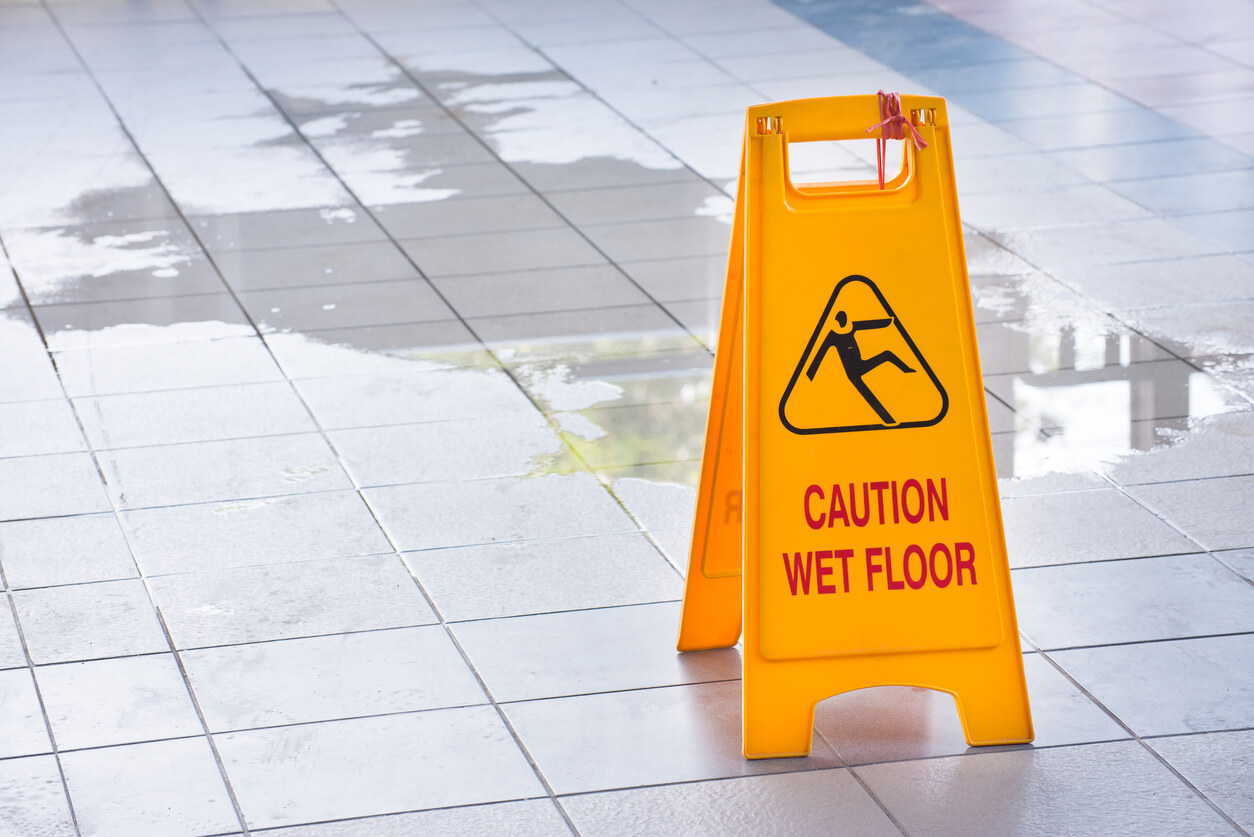Slip and fall accidents can lead to broken hips, fractured wrists, head trauma, and other serious injuries. Those that suffer injuries in slip and fall incidences can face pain and limited mobility, not to mention extensive and invasive medical treatment to try and repair the damage which has been done. In the face of the pain and anxiety that can come with being in a slip and fall accident, injury victims can face financial struggles. Medical bills can be significant and pile up all too easily. At the same time, an injured person may have had to take time off for work to recover, thus missing out on income opportunities. When you are hurt and under financial pressure, hearing that you can seek compensation through a slip and fall claim can give you great hope. A slip and fall claim is a type of premises liability claim in which a slip and fall victim can pursue financial recovery from a property owner or manager found liable for the accident that caused the injuries. Proving liability, however, can be difficult in such cases.
How Do You Prove Liability in a Slip and Fall Case?
In order to prove liability in a slip and fall claim, the injured party needs to be able to prove that the property owner or manager was negligent in keeping the property free from dangerous hazards that could do harm to the public. A property owner, however, will not be liable every time a person hurts themselves on their property. Instead, the elements of negligence must be met. These elements include:
- The property owner owed the person a duty of care.
- The property owner breached that duty.
- The property owner’s breach of duty was the direct and proximate cause of injury to that person.
- There were damages resulting from the property owner’s breach of duty.
Property owners owe visitors to their property a duty to keep the property safe and relatively free of hazards. Whether or not a property owner has breached this duty requires a deep and thoughtful evaluation of the particular circumstances in a case.
The reasonableness standard acts as a guide to determine whether or not the property owner was negligent. The jury in a slip and fall case will look to whether the property owner acted reasonably under the circumstances. To make such a determination, there will be many different things to consider. Things like how long the hazard was present on the property will likely be relevant. Furthermore, whether the property owner knew or should have known of the dangerous property condition will also be relevant to the analysis.
The reasonableness on the part of the injury victim will also be relevant in determining liability in a slip and fall claim. While the property owner owes a property visitor a duty of care, the visitor also must exercise reasonable caution in avoiding hazards. There are, after all, reasonably foreseeable hazards on properties. Water and wet surfaces by a pool, for instance, should be foreseeable. A water puddle inside a store in an aisle, on the other hand, would not necessarily be expected and it is reasonable to assume that your average person may be taken by surprise and injured by slipping on such a puddle.
Philadelphia Personal Injury Attorneys
Slip and fall accidents can result in real and severe harm. Proving liability, however, can feel like an uphill battle. The dedicated personal injury team at Cooper, Schall & Levy will fight for you and your right to recover compensation for the harm you have suffered. Contact us today.


